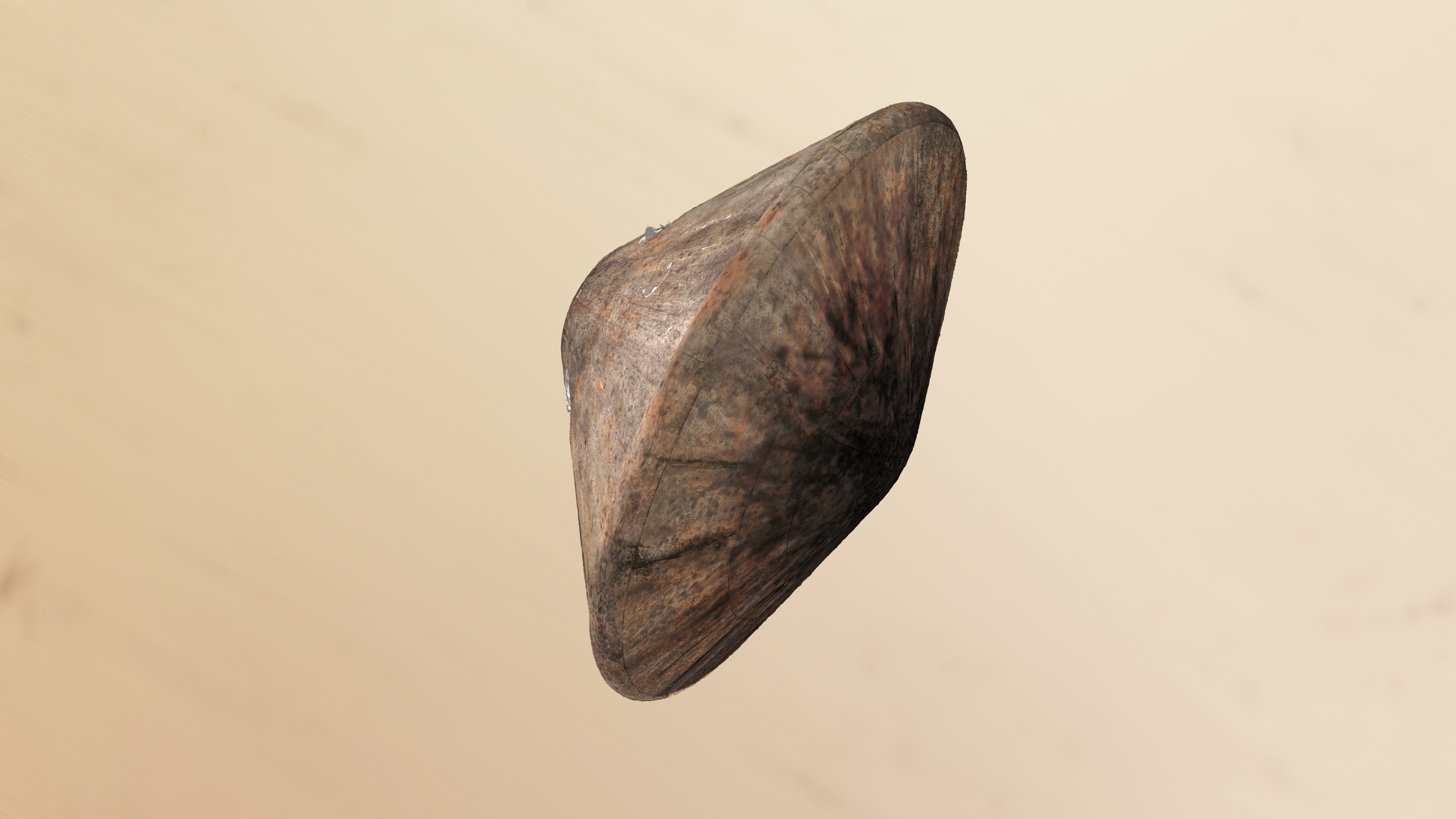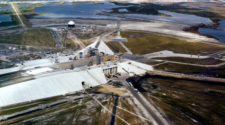
Contact with the ExoMars Schiaparelli lander was lost during its attempt to make it to the surface last October. It was later discovered that the lander had crashed into the surface of the Red Planet.
A large volume of data recovered from the Mars lander shows that the atmospheric entry and associated braking occurred exactly as expected. The parachute deployed normally at an altitude of 12 km and a speed of 1730 km/h. The vehicle’s heatshield, having served its purpose, was released at an altitude of 7.8 km.
As Schiaparelli descended under its parachute, its radar Doppler altimeter functioned correctly and the measurements were included in the guidance, navigation and control system.
However, saturation – maximum measurement – of the Inertial Measurement Unit (IMU) occurred shortly after the parachute deployment. The IMU measures the rotation rates of the vehicle. Its output was generally as predicted except for this event, which persisted for about one second – longer than would be expected.
When merged into the navigation system, the erroneous information generated an estimated altitude that was negative – that is, below ground level. This in turn successively triggered a premature release of the parachute and the backshell, a brief firing of the braking thrusters and finally activation of the on-ground systems as if Schiaparelli had already landed. In reality, the vehicle was still at an altitude of around 3.7 km.
This behaviour has been clearly reproduced in computer simulations of the control system’s response to the erroneous information.
“This is still a very preliminary conclusion of our technical investigations,” says David Parker, ESA’s Director of Human Spaceflight and Robotic Exploration. “The full picture will be provided in early 2017 by the future report of an external independent inquiry board.
“But we will have learned much from Schiaparelli that will directly contribute to the second ExoMars mission being developed with our international partners for launch in 2020.”



